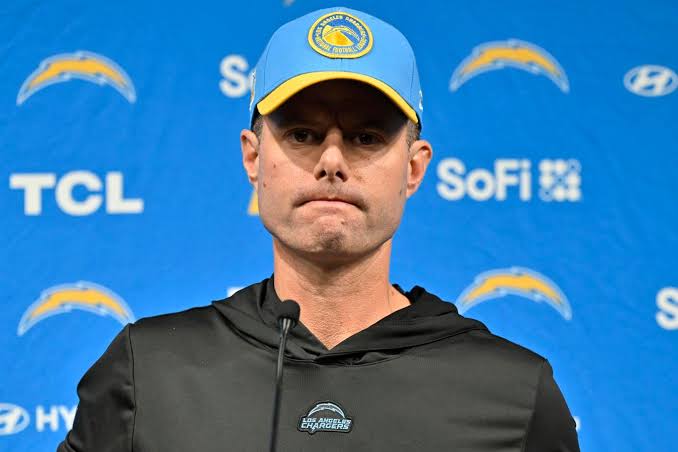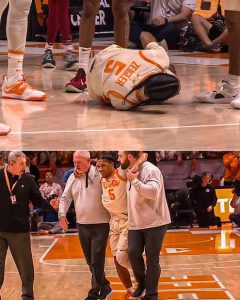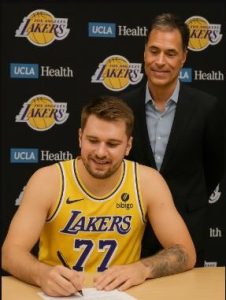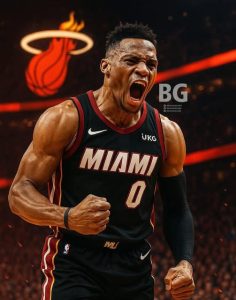
Johnston’s stature is reminiscent of an NBA starting shooting guard. His speed also attracted the attention of NFL general managers in April of last year, in addition to his exceptional athletic size. How could he fail with that combination of length, build, and agility? The rookie’s inconsistent route-running, leverage, and hand technique kept him from moving up the depth chart. Production was poor when he was on the field. NFL history is replete with examples that illustrate athleticism isn’t everything. Although Johnston was a disappointment, can one already declare one of the more intriguing rookie wide receivers a bust?
The biggest “highlight” for the first-round pick was a lowlight when a potential game-winning touchdown bounced right off his hands. That became the lasting image of Johnston’s dreadful season.
Dunking on his failures is a popular activity on social media, but there aren’t many positives to point out. The one-yard touchdown against Detroit was completely uncontested. The six-yard score was a good curl route, but the Chargers were down 49 points deep in the fourth quarter when he secured six. Similarly, his two long catches against Denver happened during a 17-point deficit in the fourth quarter with Easton Stick under center. The one for 57 yards, in fairness, was a nice connection.
Wide receivers are not like tight ends or quarterbacks. In their first year, rookies under center or at the end of the line frequently struggle. Receivers don’t typically record career highs in their first season (unless they’re Puka Nacua), but a 1,000-yard season isn’t unheard of. Since 2013, 13 rookie wide receivers—including Keenan Allen, Johnston’s teammate—have passed that mark. Most of those were chosen in the initial round. A.J. Brown, Nacua, Michael Thomas, and Allen were the four that weren’t.
While Nacua was the only rookie to score in four figures, there were a few others that were in the running. Jordan Addison and Rashee Rice both ended with over 900 yards. Tank Dell was headed for 1,000 before suffering a leg injury that ended his season. After Johnston was drafted, Zay Flowers gained 858 yards in an offense that prioritized running. Johnston’s 431 yards are all the more frustrating for that reason.
Anyway, enough about the talented NFL guys. They remain. Johnston’s numbers are on par with the biggest flops of the past ten years, which include Josh Doctson and Jalen Reagor, two other TCU alumni. Johnston didn’t place in any of the fantasy top 24. There were no moments of breakthrough promise. Out of all wideouts, Johnston had the 89th-most yards per route run. As you can see from the statistics below, Nacua had the sixth-best yards per route run in the league with 2.72.
Harry and Doctson were out of the league within a handful of seasons. Reagor played for three teams in four seasons. John Ross and Laquon Treadwell had similarly disappointing debut campaigns, although the latter is somehow still hanging around the league. The jury is still out on Jameson Williams, who has battled through an injury and suspension in his first two seasons. His numbers don’t exude confidence but he has time (and excuses) to figure it out.
Mike Williams is the lone exception. He dealt with back and knee issues in his rookie season. He posted double-digit touchdowns his second time out. That’s the glimmer of hope for Johnston and his dynasty fantasy managers. After all, the theory was that Johnston was drafted to be Williams’ replacement.







